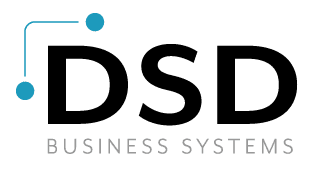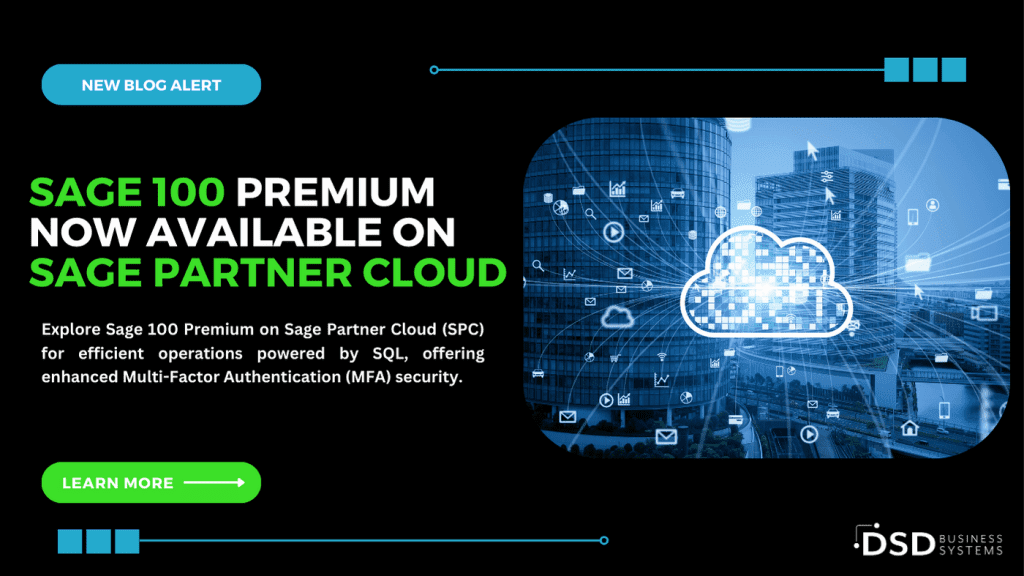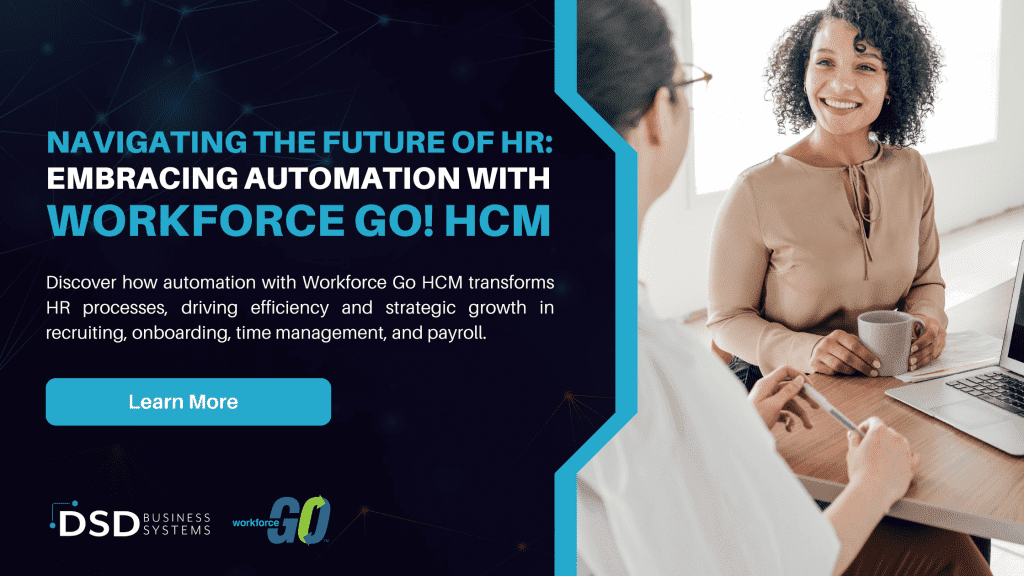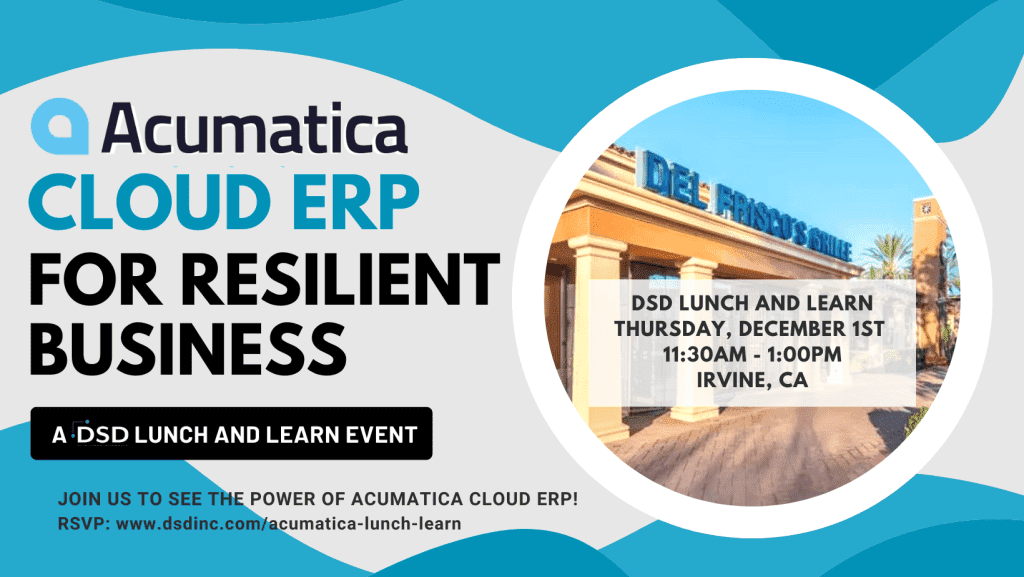Sage MAS200 SQL – A Huge Step Forward
Blog by Doug Deane
In the fourth quarter of this year Sage will be releasing MAS 200 ver. 4.45 which will bring SQL functionality to MAS 200. Steve Malmgren has been the driving force behind this release for many years, and he is to be commended for his great work. Sage claims that the new SQL version will not suffer from the same problems as the disappointing legacy SQL version of the product. That product was retired after ver. 3.74 and Sage has since made an upgrade path available to all MAS 200 SQL end-users in order to move them to a more current version of the non-SQL software.
Would a SQL version of MAS 90 be an improvement? Good question. The answer is yes, for a lot of reasons. Some of them are:
- More efficient processing of large datasets. There are many MAS 90 and MAS 200 systems with hundreds of thousands or millions of records in their files, particularly in the transaction history files. Although the records in those files are currently indexed in the ways that Sage believes will be the most popular, they are not indexed in every conceivable way that a sophisticated user might need them to be, when business intelligence reports are being designed. Reports whose data needs to be selected and sorted by “non-standard” criteria (isn’t it interesting how non-standard criteria is almost always the most valuable?) can take many hours to print, when the involved datafile(s) are substantial. Crystal reports, BIE and other business intelligence tools can take so long to print in this environment, that end-users are reluctant to use them. A SQL-based system will virtually eliminate this problem, making data much more accessible and report printing much more efficient. Although the “standard” MAS 200 reports will not see a huge improvement, many reports written outside MAS 200 (in Crystal Reports, for instance) will only take a small fraction of the time to print.
- Better integration with third-party SQL-based applications. Many of the most robust third-party applications are written with a SQL backend. MAS 200 ver. 4.45 will now be much more compatible with those applications than it is now. Some of those third party developers had written integrations to MAS 90 and MAS 200, but many had not because of the added difficulty in integrating to a non-SQL database. This will no longer be the case, and I believe that we will see a number of vendors jumping on the MAS 200 bandwagon with their products. With the new SQL database, third party SQL applications can use the Business Framework’s integration layer in order to perform updates into the MAS 200 database. They can now leverage the MAS business logic, instead of bypassing it, which preserves data integrity and eliminates synchronization issues.
- Availability of SQL data for queries and other manipulation. Database administrators will now have access to the full MAS200 database via SQL. They will be able to perform ad hoc SQL queries using many of their traditional SQL-based reporting and BI tools.
These are all compelling issues for end-users with larger datasets or complex business needs, and on paper, those end-users should be well-served by this new release. But, many of us were greatly disappointed with the old MAS 200 SQL software, so resellers and end-users alike are naturally wary of this product’s claimed performance.
To address this very issue, Sage asked a small number of channel partners to spend time at Sage in Irvine, testing the new ver. 4.45 product and grilling Sage development staff about its capabilities. All feedback from that meeting was very positive, and it looks like this new product has the potential to be a huge step forward for MAS 200. Jon Reiter, our VP of Engineering and Jim Woodhead, our VP of Professional Services – MAS, were both in attendance and came away very impressed. Some of their observations were:
- Very large datasets were tested and were processed very quickly. Crystal Reports and inquiries were generated in a small fraction of the expected time.
- BIE loads were extremely fast.
- Because there are no SQL Server stored procedures, a single code base will be maintained, allowing for smoother integration and support of third-party products.
The drawbacks, at least initially, will be:
- Only new sales will be supported. Initially, there will be no upgrade path available for existing MAS 90 and MAS 200 end-users. We expect that to change when ver. 4.50 is available. When it is released, existing end-users may upgrade to the 4.50 SQL version of MAS 200, in order to gain all the described benefits.
- Only the current Business Framework modules are currently planned to be available in ver. 4.45. That means that the following modules will not be available in the new SQL version when it is first released: Payroll, Job Cost, Work Order, MRP, eBusiness Manager, Business Insights Reporter, FRx & F9, Starship Parcel, CRM Integration and FAS Integration. If a new end-user must have one of these modules, then they will be prevented from buying the new 4.45 version. Most of these modules may be replaced by the functionality of other products available in the market.
Ver. 4.45 will support these platforms:
- Server. SQL Server 2008 (32 and 64 bit) and Windows Server 2008 (32 and 64 bit)
- Client. Windows XP, Vista and Windows 7 (32 and 64 bit)
Sage has announced that there will be a bundled edition of the MAS 200 software, containing a SQL Server license. The 4.45 version will essentially be based on MAS 90 and MAS 200 ver. 4.40 and will include the ver. 4.40 workflow and business processes enhancements in the Inventory, Purchase Order and Bill of Materials modules.
The minimum application server configurations in order to achieve the product’s intended performance are as follows:
- Windows Server 2008 Standard (32 bit). Processor must be Intel Core 2 Duo class or better, RAM requirements are 4GB + 200MB per concurrent user, and there must be a 100Mbps network connection.
- Windows Server 2008 Enterprise (32 bit). Same as above.
- Windows Server 2008 Standard (64 bit). Intel or AMD 64 bit capabile processor, 4 GB + 200 MB per concurrent user, and a 100 Mbps network connection.
- Windows Server 2008 Enterprise (64 bit). Same as above.
For the clients, the minimum configurations are as follows:
- Windows Server 2008 Terminal Services (32 and 64 bit). Intel Core 2 Duo class processor or better, minimum amount of RAM recommended for Windows Terminal Services PLUS 128MB per concurrent user, and a 100 Mbps network connection.
- Citrix Presentation Server 5.0. Intel Core 2 Duo class processor or better, minimum amount of RAM recommended for Citrix PLUS 128MB per concurrent user, and a 100 Mbps network connection.
We’ve been told by Sage staff that these requirements will vary based on the number of users and the profile of the tasks being processed, and that these requirements may be upgraded before the product is release, based on feedback from the business partners.
We are eagerly awaiting the release of this new product, and DSD Business Systems will be in the first group of adopters and implementers. We believe that the 4.45 and subsequent 4.50 releases will allow the channel partners to capture more new business, and better serve the needs of their existing end-users.
DSD publishes the SQL Mirroring enhancement for MAS 90 and MAS 200, which allows end-users to create an exact duplicate of their MAS90 (Providex) database in SQL. Will the new SQL version of MAS 200 make our SQL Mirroring product obsolete? No, not at all. Implementing a MAS 200 4.45 system takes a considerable investment in hardware, networking, software and training. SQL Mirroring will continue to be a great alternative for end-users who do not need enterprise-wide SQL functionality. Specifically, it is targeted for a MAS 90 or MAS 200 end-user whose database administrator needs occasional SQL data warehousing, reporting and inquiry capabilities. DSD will continue to actively support and upgrade that product. SQL Mirroring is a great alternative for end-users having one or more of the legacy non-SQL modules (such as Payroll, Work Order or MRP), and it is available now.
———————————
Doug Deane is President of DSD Business Systems, a national provider of on-demand (cloud) and on-premises ERP and CRM software, specializing in wholesale distribution, manufacturing, warehouse management, inventory, business intelligence and eCommerce software. DSD offers Sage 100 (formerly MAS 90), Sage 300 (formerly Accpac), Sage 500 (formerly MAS 500), NetSuite, Sage FAS, Sage HRMS (formerly Abra), Sage CRM, Sage SalesLogix, Extended Solutions, and Custom Programming.








